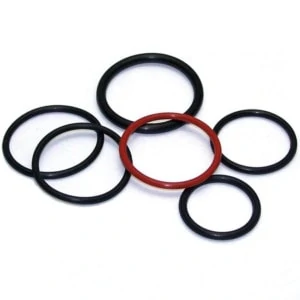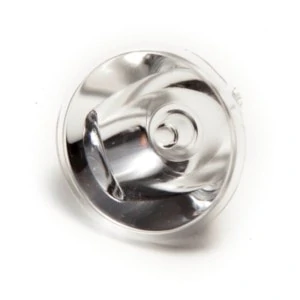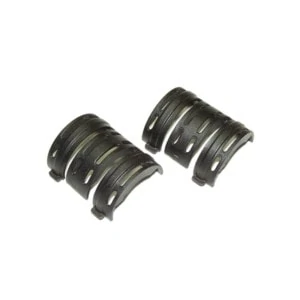
Understanding Lumens
In the world of tactical flashlights, nothing seems to be more frequently cited yet so commonly misunderstood than Lumens. A Lumen is the internationally accepted unit for measuring “luminous flux”, the amount of light produced. This is very different from “brightness” or luminous intensity which is measured by the Candela.
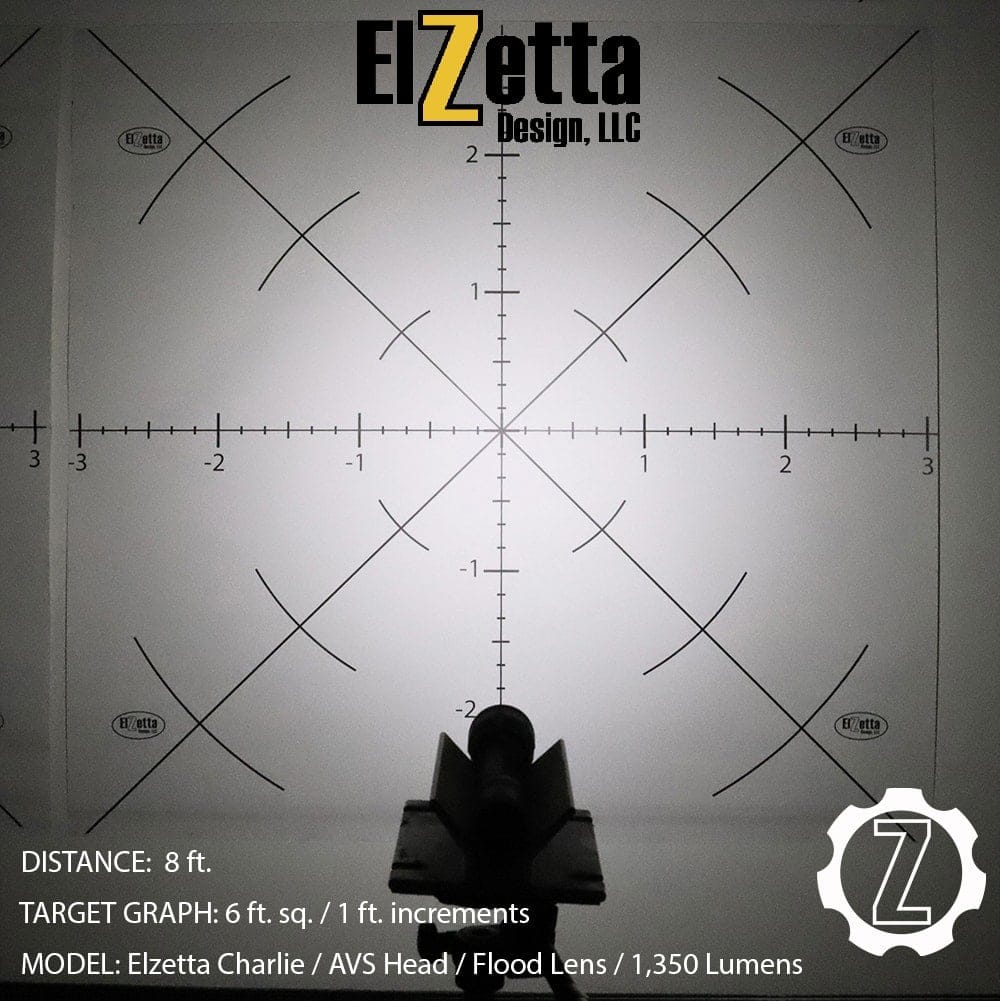

Statements such as, “1,350 lumens is too bright,” are often heard although such a statement is a categorical error, much like saying, “1,350 amps is too much voltage”. A quantity of light, say 1,350 lumens (the amount of light produced by an Elzetta 3-Cell Charlie Modular Flashlight), may be concentrated into a tight beam or it may be spread out in a very wide diffuse pattern. In the case of the tight beam, the light will be intense (bright). In the case of a wider pattern, however, the beam will be spread out to cover a larger area and thus the intensity (brightness) will be reduced.
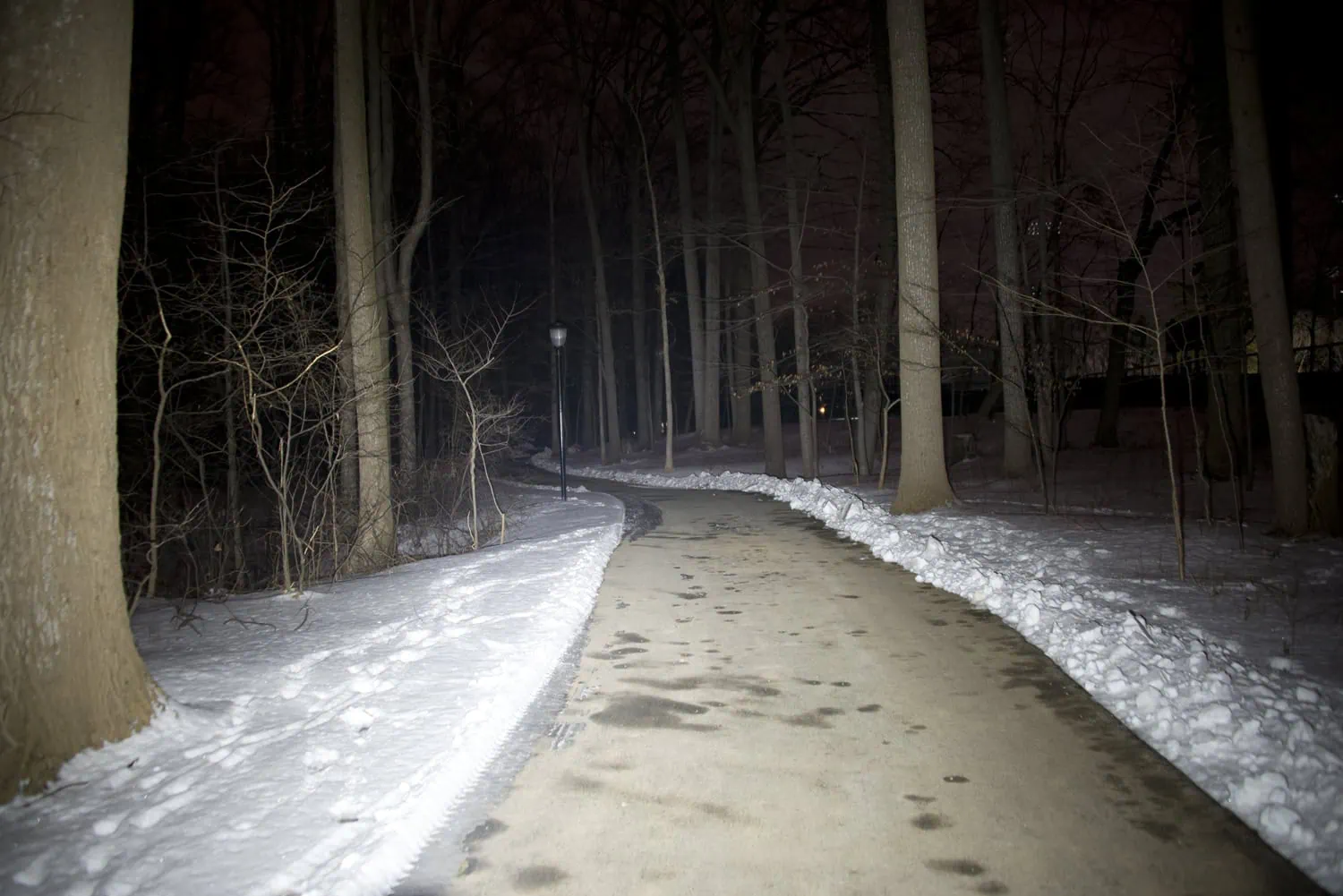
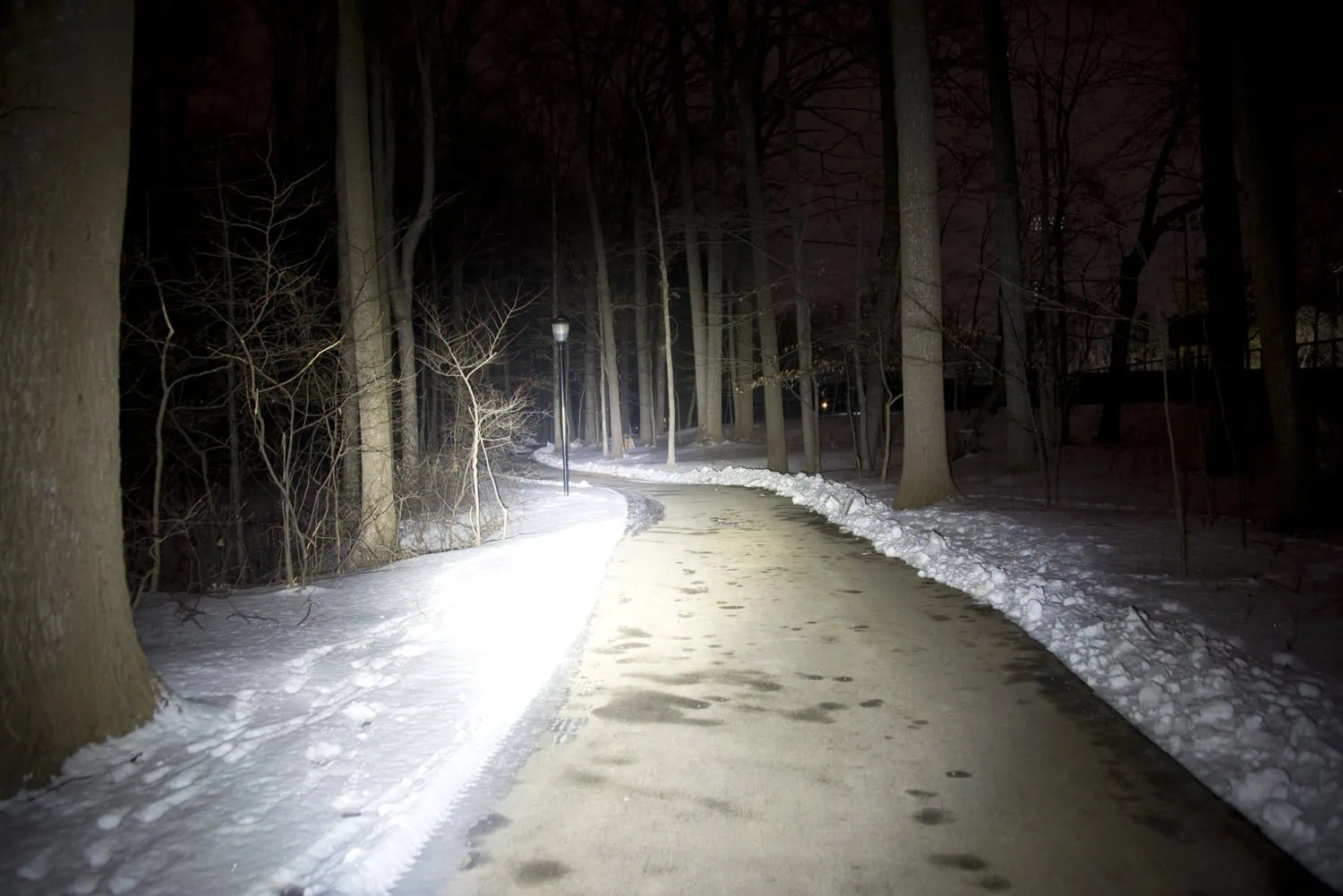
This concept may be easily understood using a fire hose or even a common garden hose with an adjustable nozzle. Turning the nozzle changes the water discharge pattern from a focused stream to a wide spray. The flow rate of water (measured in gallons per minute) is the same regardless of the discharge pattern yet the intensity varies greatly. The preferred pattern depends on the application. If projecting water a long distance or blasting mud off a dirty wheel is the goal, a concentrated stream works best. If rapidly wetting an entire car or watering a garden is the objective, a wider softer spray is vastly superior.
Wide Spread Beam
Wide spray pattern of water on full covering a broad area with very little force.
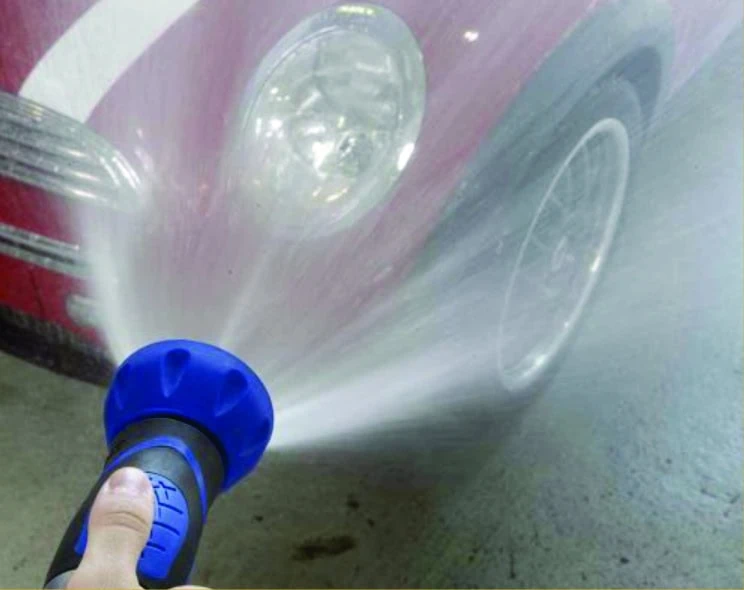
Narrow Focused Beam
Narrow spray pattern of water on full targeting a small area with much greater force.
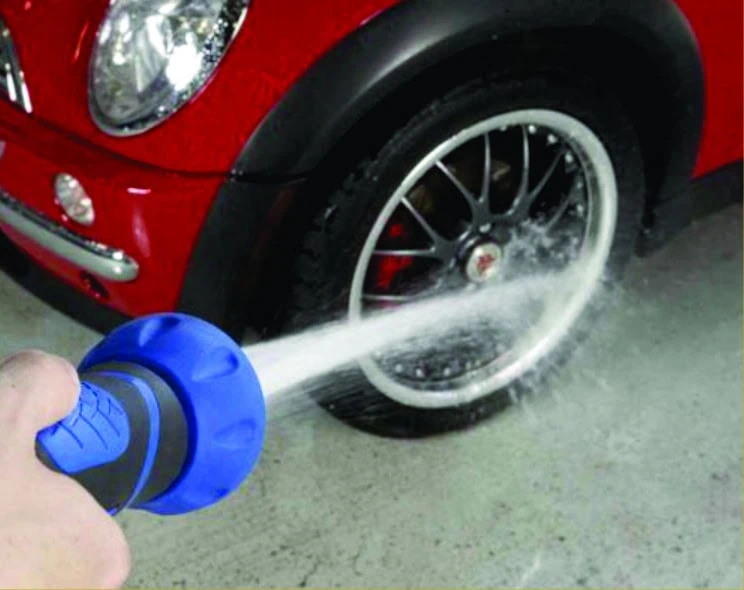
The photographs below may better establish the above exposition and analysis. Just as one would not use a hose with a narrow high-pressure stream to water a flowerbed or use a wide fanned spray to reach the top of a burning building, the wrong beam pattern from a high-lumen tactical flashlight can also be counter-productive. Maximum performance demands that a flashlight’s beam pattern be properly matched to the application. When selecting the appropriate flashlight, first define its intended use. Next determine what type of beam profile will best serve that utility. Then, select a flashlight that produces the desired beam profile. Whatever your mission, always select the right tools for the job
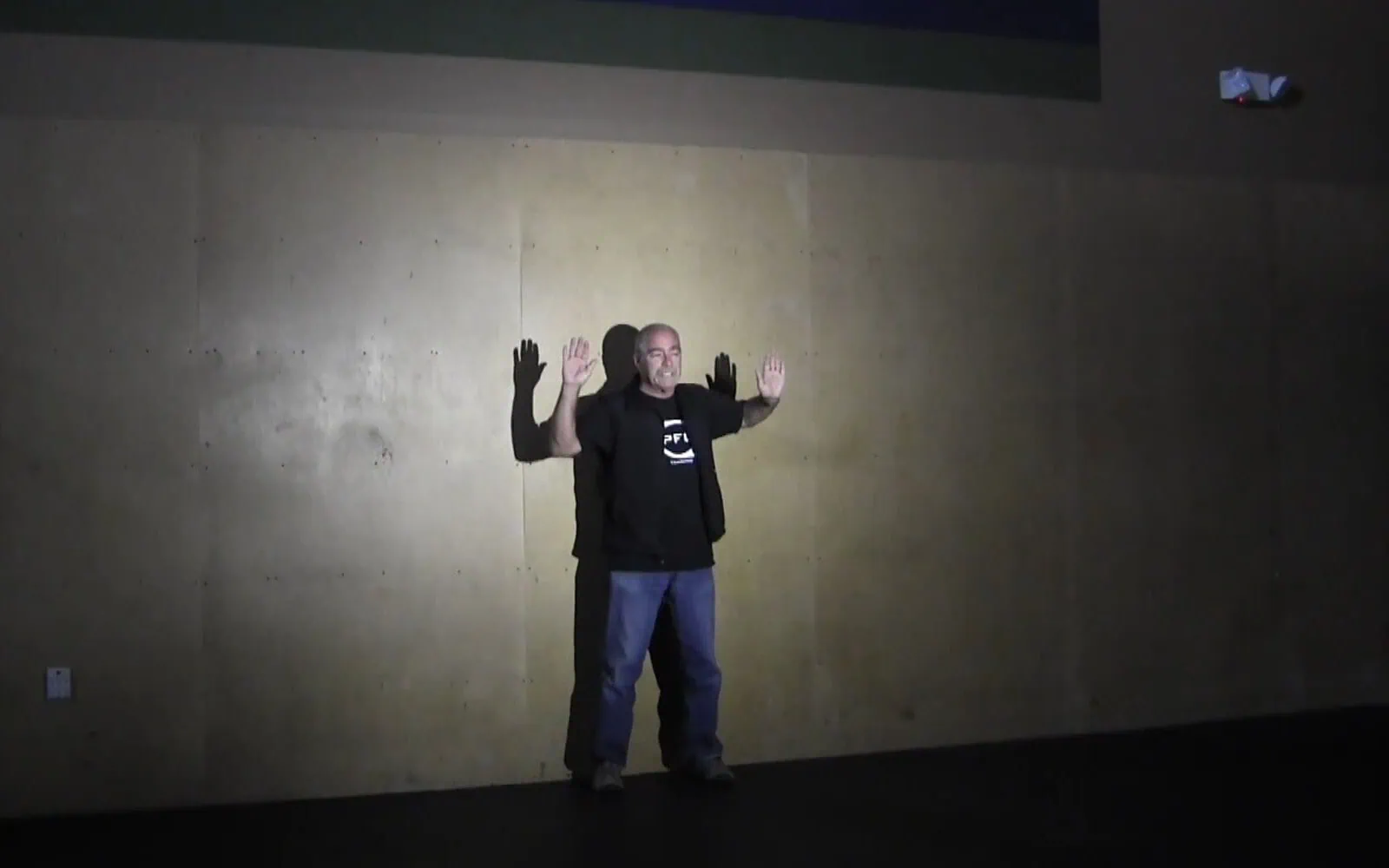
Flood beam illuminating potential adversary and the surrounding area near him in a dark warehouse.

Standard beam illuminating potential adversary but not much area behind him in a darkened warehouse.

